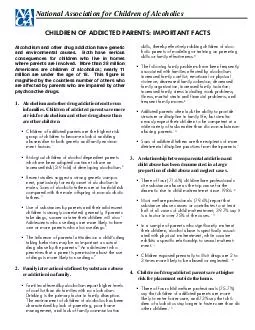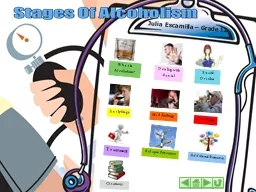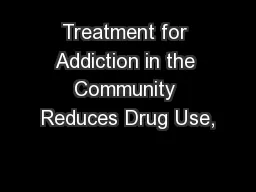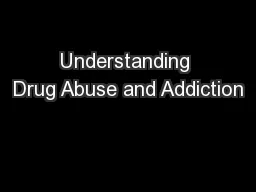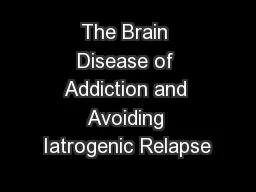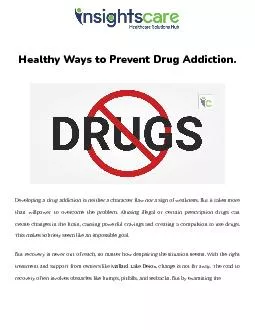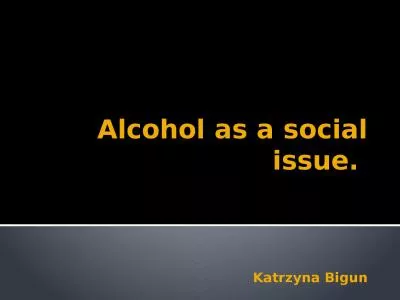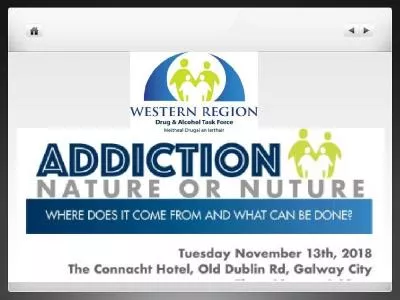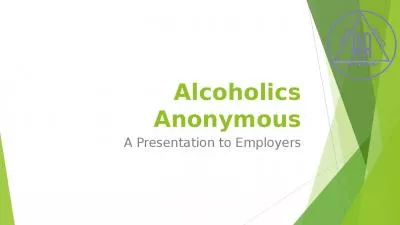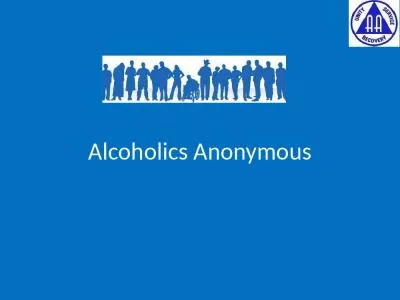PDF-CHILDREN OF ADDICTED PARENTS IMPORTANT FACTS National Association for Children of Alcoholics
Author : tatiana-dople | Published Date : 2015-01-28
Both have serious consequences for children who live in homes where parents are involved More than 28 million Americans are children of alcoholics nearly 11 million
Presentation Embed Code
Download Presentation
Download Presentation The PPT/PDF document "CHILDREN OF ADDICTED PARENTS IMPORTANT F..." is the property of its rightful owner. Permission is granted to download and print the materials on this website for personal, non-commercial use only, and to display it on your personal computer provided you do not modify the materials and that you retain all copyright notices contained in the materials. By downloading content from our website, you accept the terms of this agreement.
CHILDREN OF ADDICTED PARENTS IMPORTANT FACTS National Association for Children of Alcoholics: Transcript
Download Rules Of Document
"CHILDREN OF ADDICTED PARENTS IMPORTANT FACTS National Association for Children of Alcoholics"The content belongs to its owner. You may download and print it for personal use, without modification, and keep all copyright notices. By downloading, you agree to these terms.
Related Documents

